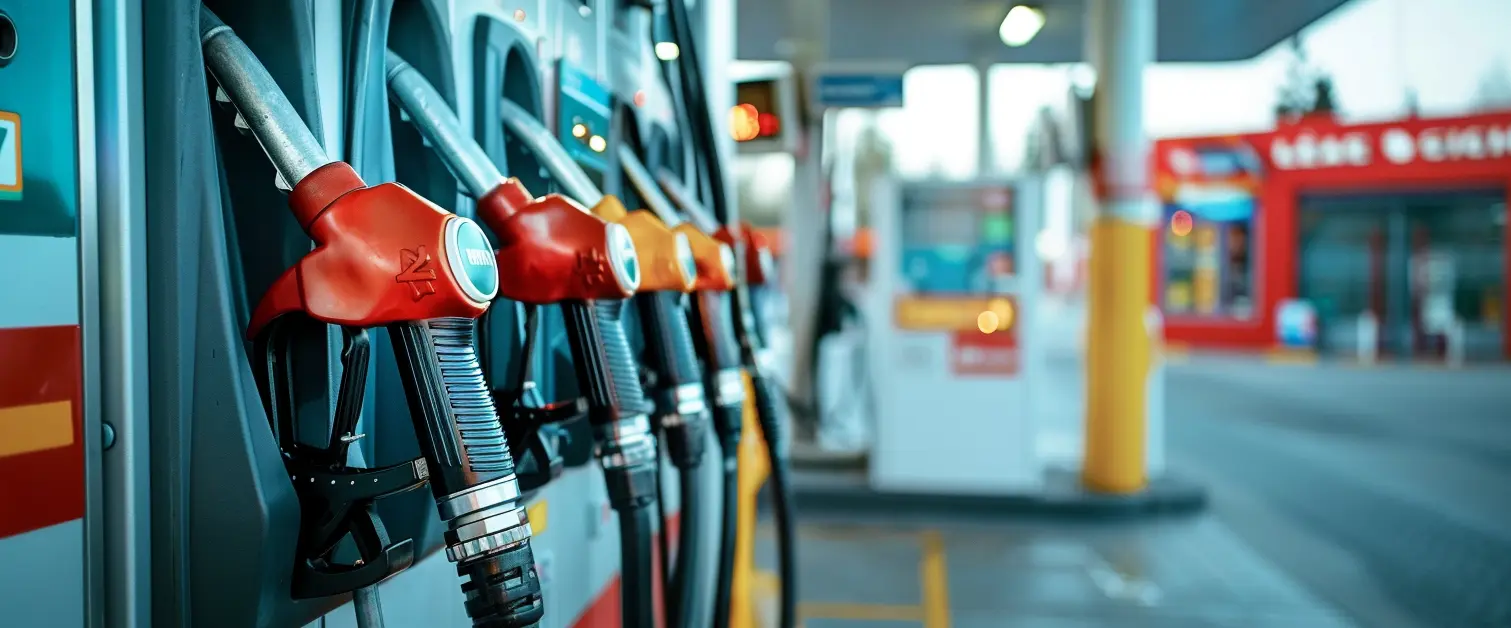Chevrolet Captiva Owners Manual: E85 or FlexFuel

Vehicles with a yellow fuel cap can use either unleaded gasoline or fuel containing up to 85% ethanol (E85).
All other vehicles should use only the unleaded gasoline as described in Recommended Fuel on page 9-36.
The use of E85 or FlexFuel is encouraged when the vehicle is designed to use it. E85 or FlexFuel is made from renewable sources.
To help locate fuel stations that carry E85 or FlexFuel, the U.S.
Department of Energy has an alternative fuel website. See www.afdc.energy.gov/afdc/locator/ stations.
E85 or FlexFuel should meet ASTM Specification D 5798 or CAN/ CGSB-3.512 in Canada. Do not use the fuel if the ethanol content is greater than 85%. Fuel mixtures that do not meet ASTM or CGSB specifications can affect driveability and could cause the malfunction indicator lamp to come on.
The starting characteristics of E85 or FlexFuel make it unsuitable for use when temperatures fall below −18°C (0°F). Use gasoline or add gasoline to the E85 or FlexFuel.
Because E85 or FlexFuel has less energy per liter (gallon) than gasoline, the vehicle will need to be refilled more often. See Filling the Tank on page 9-38.
Caution
Some additives are not compatible with E85 or FlexFuel and can harm the vehicle's fuel system. Do not add anything to E85 or FlexFuel. Damage caused by additives would not be covered by the vehicle warranty.
Do not use fuel containing methanol. It can corrode metal parts in the fuel system and also damage plastic and rubber parts.
That damage would not be covered under the vehicle warranty.
The Chevrolet Captiva offers the flexibility to use E85 fuel or FlexFuel, providing drivers with options for fueling their vehicle. E85 refers to a blend of ethanol and gasoline, containing 51% to 83% ethanol, while FlexFuel vehicles are designed to run on a combination of gasoline and ethanol, including E85.
Choosing E85 or FlexFuel can depend on several factors, including availability, cost, and environmental considerations. E85 is often touted as a renewable and cleaner-burning fuel compared to traditional gasoline, promoting reduced greenhouse gas emissions and supporting domestic ethanol production.
However, drivers should note that E85 typically has lower energy content than gasoline, resulting in reduced fuel efficiency and potentially higher fuel consumption. Additionally, the availability of E85 fueling stations may vary by region, limiting accessibility for some drivers.
FlexFuel vehicles like the Chevrolet Captiva are engineered to accommodate a range of fuel blends, offering versatility and the ability to switch between gasoline and E85 based on availability and preference. It's essential for drivers to consult their vehicle's owner's manual and adhere to manufacturer recommendations regarding fuel usage and maintenance for optimal performance and efficiency.
 Gasoline Specifications, California Fuel Requirements, Fuels in Foreign Countries, Fuel Additives
Gasoline Specifications, California Fuel Requirements, Fuels in Foreign Countries, Fuel Additives
Gasoline Specifications
At a minimum, gasoline should meet
ASTM specification D 4814. Some
gasolines contain an
octane-enhancing additive called
methylcyclopentadienyl manganese
tricarbonyl (MMT ...
 Filling the Tank
Filling the Tank
Warning
Fuel vapors and fuel fires burn
violently and can cause injury or
death.
To help avoid injuries to you
and others, read and follow
all the instructions on the fuel
pump island.
...
More about:
Chevrolet Captiva Service & Repair Manual > Body & Frame: Rear Frame Rail
Do not damage any inner panels
or reinforcements.
If the location of the original
plug weld holes can not be determined, space the plug weld holes every 1
1/2 inches apart. Some panels may have structural weld thru adhesive. It
is required to replace the weld thru ...
Chevrolet Captiva Owners Manual
- Introduction
- In Brief
- Keys, Doors, and Windows
- Seats and Restraints
- Storage
- Instruments and Controls
- Lighting
- Infotainment System
- Climate Controls
- Driving and Operating
- Vehicle Care
- Service and Maintenance
- Technical Data
- OnStar
